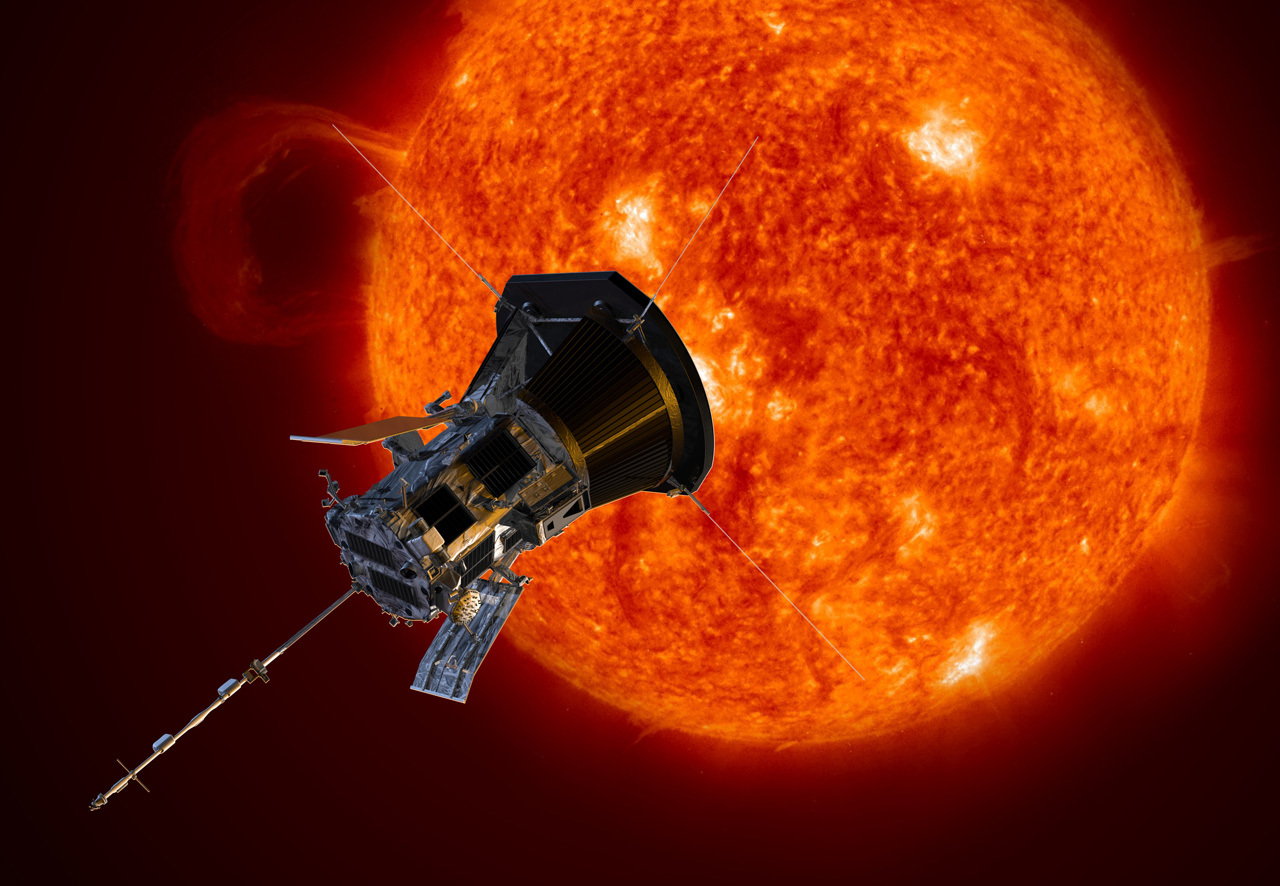- Get link
- X
- Other Apps
- Get link
- X
- Other Apps
The internet has become an essential part of our lives, connecting us with information, entertainment, communication, and commerce. But what if the internet suddenly stopped working for months or even years? This is not a hypothetical scenario, but a real possibility that could be triggered by a powerful solar storm.
image courtesy: NasaWhat is a solar storm?
A solar storm is a disturbance in the sun's atmosphere that can unleash bursts of energetic particles, electromagnetic radiation, and plasma into space. These solar eruptions are called coronal mass ejections (CMEs) and they can travel at speeds of up to several million miles per hour.
When a CME reaches Earth, it can interact with our planet's magnetic field and cause a geomagnetic storm. This is a temporary disturbance that can affect the Earth's electric grid, satellites, GPS, radio communications, and even the internet.
image courtesy: PicrylHow can a solar storm cause an internet apocalypse?
The internet relies on a complex network of undersea cables, ground stations, satellites, routers, servers, and devices that transmit and receive data. A geomagnetic storm can damage or disrupt any of these components, causing widespread outages and slowdowns.
For example, a geomagnetic storm can induce currents in the long metal wires of the undersea cables, causing them to overheat and fail. It can also interfere with the signals between satellites and ground stations, reducing the bandwidth and quality of the data transmission. Moreover, it can affect the electronic circuits and software of routers, servers, and devices, causing them to malfunction or crash.
A severe geomagnetic storm could potentially knock out the internet for millions of people around the world for an extended period of time. This would have serious consequences for our society, economy, security, and well-being.
What is NASA doing to prevent this?
NASA has launched a spacecraft called the Parker Solar Probe (PSP) in 2018 as part of a mission to study the sun and its effects on Earth. The PSP is the first spacecraft to fly close to the sun's surface, where it can observe and measure the solar wind, which is the source of CMEs
The PSP has achieved a remarkable feat by navigating through the solar wind and collecting vital data about its origin, structure, and evolution. By understanding how the solar wind works, NASA hopes to improve its ability to predict and mitigate the impact of CMEs on Earth.
The PSP is also helping NASA to understand how the sun releases energy and drives geomagnetic storms, which are a threat to our communication networks. By learning more about the sun's activity and behavior, NASA aims to protect our planet from a potential internet apocalypse.
Conclusion
The internet is a valuable resource that we often take for granted. However, it is vulnerable to natural phenomena such as solar storms that can cause widespread disruptions and damage. NASA's Parker Solar Probe mission is an important step towards safeguarding our internet from geomagnetic storm threats by exploring the sun and its influence on Earth.
- Get link
- X
- Other Apps


Comments
Post a Comment